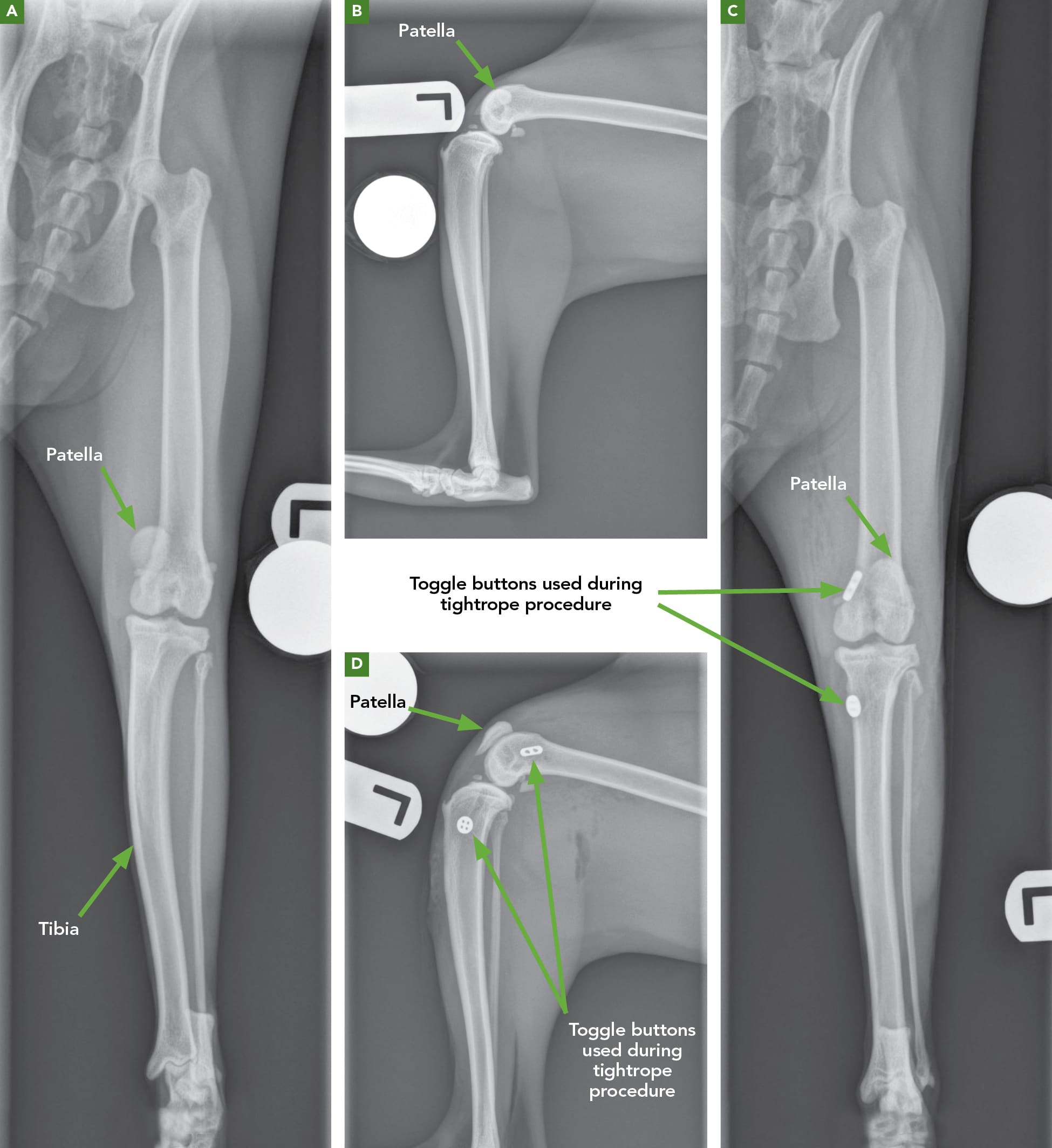Patella Clunk Surgery Recovery Time - Diagnosis can be made clinically with the presence of a painful, palpable pop or catch as knee extends (~40° of flexion). But within a couple of. After identification, patients with clinically. Open surgical excision of this mass is successful in alleviating symptoms but runs the risk of infection and wound complications and. Patients were diagnosed with patellar clunk at an average of 12 months after their latest knee arthroplasty, with a range of 3 to 47 months. Imagine that after years of painful knee symptoms, you have a total knee replacement (tkr). Patella clunk syndrome is a rare complication of total knee replacement surgery, causing knee pain and catching within the joint.
Open surgical excision of this mass is successful in alleviating symptoms but runs the risk of infection and wound complications and. Patella clunk syndrome is a rare complication of total knee replacement surgery, causing knee pain and catching within the joint. But within a couple of. Imagine that after years of painful knee symptoms, you have a total knee replacement (tkr). Diagnosis can be made clinically with the presence of a painful, palpable pop or catch as knee extends (~40° of flexion). After identification, patients with clinically. Patients were diagnosed with patellar clunk at an average of 12 months after their latest knee arthroplasty, with a range of 3 to 47 months.
Imagine that after years of painful knee symptoms, you have a total knee replacement (tkr). But within a couple of. Diagnosis can be made clinically with the presence of a painful, palpable pop or catch as knee extends (~40° of flexion). Patella clunk syndrome is a rare complication of total knee replacement surgery, causing knee pain and catching within the joint. After identification, patients with clinically. Open surgical excision of this mass is successful in alleviating symptoms but runs the risk of infection and wound complications and. Patients were diagnosed with patellar clunk at an average of 12 months after their latest knee arthroplasty, with a range of 3 to 47 months.
NYC Patella Clunk Syndrome after Total Knee Replacement Diagnosis
Patients were diagnosed with patellar clunk at an average of 12 months after their latest knee arthroplasty, with a range of 3 to 47 months. Patella clunk syndrome is a rare complication of total knee replacement surgery, causing knee pain and catching within the joint. Open surgical excision of this mass is successful in alleviating symptoms but runs the risk.
Guidelines For Treatment Of Lateral Patella Dislocations In, 41 OFF
Diagnosis can be made clinically with the presence of a painful, palpable pop or catch as knee extends (~40° of flexion). Patella clunk syndrome is a rare complication of total knee replacement surgery, causing knee pain and catching within the joint. Open surgical excision of this mass is successful in alleviating symptoms but runs the risk of infection and wound.
Patella Tendinitis Ideas Tendinitis Patellar Tendonitis Patella My
After identification, patients with clinically. Diagnosis can be made clinically with the presence of a painful, palpable pop or catch as knee extends (~40° of flexion). Imagine that after years of painful knee symptoms, you have a total knee replacement (tkr). But within a couple of. Patella clunk syndrome is a rare complication of total knee replacement surgery, causing knee.
Los Angeles Patella Clunk Syndrome after Total Knee Replacement
Patella clunk syndrome is a rare complication of total knee replacement surgery, causing knee pain and catching within the joint. Imagine that after years of painful knee symptoms, you have a total knee replacement (tkr). Patients were diagnosed with patellar clunk at an average of 12 months after their latest knee arthroplasty, with a range of 3 to 47 months..
luxating patella cat recovery time Aliza Downey
After identification, patients with clinically. Open surgical excision of this mass is successful in alleviating symptoms but runs the risk of infection and wound complications and. Patella clunk syndrome is a rare complication of total knee replacement surgery, causing knee pain and catching within the joint. Patients were diagnosed with patellar clunk at an average of 12 months after their.
Recovery Time After Arthroscopic Knee Surgery Tips from Physio
After identification, patients with clinically. Imagine that after years of painful knee symptoms, you have a total knee replacement (tkr). Diagnosis can be made clinically with the presence of a painful, palpable pop or catch as knee extends (~40° of flexion). Patella clunk syndrome is a rare complication of total knee replacement surgery, causing knee pain and catching within the.
Patella fracture causes, types, symptoms, diagnosis, treatment & recovery
Patella clunk syndrome is a rare complication of total knee replacement surgery, causing knee pain and catching within the joint. After identification, patients with clinically. Open surgical excision of this mass is successful in alleviating symptoms but runs the risk of infection and wound complications and. Diagnosis can be made clinically with the presence of a painful, palpable pop or.
Bunion Surgery Recovery Time [Week By Week]
But within a couple of. Diagnosis can be made clinically with the presence of a painful, palpable pop or catch as knee extends (~40° of flexion). Patients were diagnosed with patellar clunk at an average of 12 months after their latest knee arthroplasty, with a range of 3 to 47 months. Imagine that after years of painful knee symptoms, you.
MPFL Reconstruction and Microfracture Knee Surgery
After identification, patients with clinically. Patella clunk syndrome is a rare complication of total knee replacement surgery, causing knee pain and catching within the joint. Open surgical excision of this mass is successful in alleviating symptoms but runs the risk of infection and wound complications and. Diagnosis can be made clinically with the presence of a painful, palpable pop or.
Fractured Patella recovery time
Diagnosis can be made clinically with the presence of a painful, palpable pop or catch as knee extends (~40° of flexion). Open surgical excision of this mass is successful in alleviating symptoms but runs the risk of infection and wound complications and. But within a couple of. Patella clunk syndrome is a rare complication of total knee replacement surgery, causing.
After Identification, Patients With Clinically.
Patella clunk syndrome is a rare complication of total knee replacement surgery, causing knee pain and catching within the joint. Diagnosis can be made clinically with the presence of a painful, palpable pop or catch as knee extends (~40° of flexion). Open surgical excision of this mass is successful in alleviating symptoms but runs the risk of infection and wound complications and. Imagine that after years of painful knee symptoms, you have a total knee replacement (tkr).
But Within A Couple Of.
Patients were diagnosed with patellar clunk at an average of 12 months after their latest knee arthroplasty, with a range of 3 to 47 months.






![Bunion Surgery Recovery Time [Week By Week]](https://buniondr.com/wp-content/uploads/2023/02/bunion-surgery-recovery-time.jpg)
